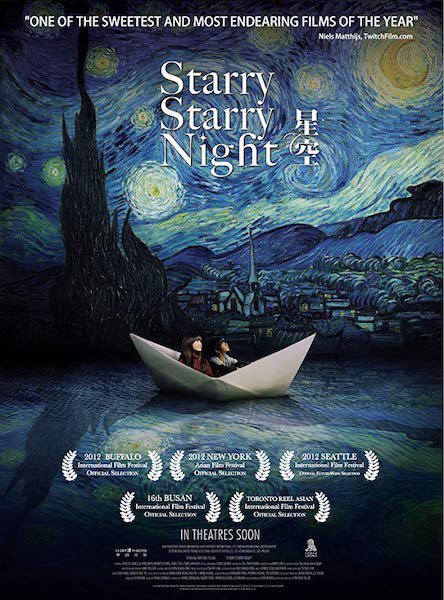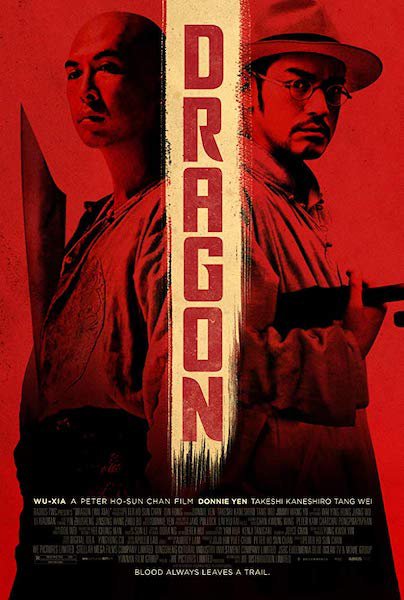


"I'm not looking for a projector to give me something better than I have done. I'm looking for the projector to give me exactly what I've done. And that doesn't sound like much, but that's a really hard thing to do."

Jake Pollock is a four-time winner of the Best Cinematographer award at the Asia-Pacific Film Festival, Asian Film Awards, Hong Kong Film Awards and the Taipei Film Festival. It’s fair to say he knows a thing or two about color.


That’s why he wants a BenQ home theatre projector for his own home theatre.
Pollock uses a variety of camera lenses, lighting styles and his trademark hand-held filming technique to interpret the movie’s story and the director’s vision for that movie. A great example of that commitment is in the award-winning film Wu Xia with director Peter Ho-Sun Chan. The crime drama was released in the west as “Dragon.” Pollack won Best Cinematographer in the 2012 Asian Film Awards in Hong Kong.
Color was a key element in the film, especially greens and blues. In a conversation with BenQ earlier this year, Pollack described the collaboration between director and cinematographer.
“We wanted the landscape to be a very big part of the movie,” Pollock said. “It was important to represent the lush green of southwest China’s Yunnan Province. (Also) we decided a certain scene should be moody, with more of a gloomy look to it. So it’s going to be more blue. But…what is our Wu Xia blue?”
Pollock said a lot of time was spent in post-production and color grading for the film to produce the right blues to evoke the emotion the story demanded. With all the manipulation of colors, changing their saturation and intensity to suit the different moods of the film and paint the fictional world of the martial arts heroes of ancient China, one thing had to remain constant for the story to be believable: The actors’ skin tones.
Pollock and BenQ Chief CinematicColor Expert Eric HC Tsai met and watched Wu Xia on a BenQ 4K projector. They agreed that getting a commonly seen color like human skin tones was essential and it doesn’t take an expert eye to see they are off.
“Even kids can easily tell,” Tsai said. Although kids may not totally understand the technology they can tell when “something’s wrong.” They know it’s not natural. Cinematographers and imaging technology companies dedicate hundreds of hours in their effort to make it look natural.
Another color that must be reproduced accurately is white. Pollock said ensuring basic elements like skin tones and whites give the audience enough reference points to accept all the other changes a filmmaker is making with color, hues and shading. He said that’s what makes the scene believable.
“As filmmakers we put a lot of effort into every single frame of that movie,” Pollock said. “And for any single element of that to be wrong, that’s disastrous.”
“The most important thing we can do,” Tsai said, “Is to enable your work to be faithfully reproduced, with nothing added and nothing removed.” Tsai told Pollock that the projector should not decide what the film should look like. That’s the filmmaker’s job. The projector’s job is to produce what the filmmakers intended the audience to see…and feel.
High Dynamic Range (HDR) and Standard Dynamic Range (SDR) are defined differently, since the brightness of a projector changes along with the size of the projected image. BenQ chose 5 different but commonly used sizes for projected images, and individually optimized brightness for each. This was a difficult process to complete, but it results in the best, most accurate HDR image that can be produced. HDR is far less forgiving than SDR, Tsai said, and subtle inaccuracies become amplified at high dynamic ranges of contrast and detail.
CinematicColor™ technology utilizes optimal colors to bring out accurate and enhanced images. CinematicColor’s super-wide DCI-P3 color space (covering far greater visible spectrum than Rec. 709), and ensure incredible image performances and deliver detailed, sharp and crisp visuals to accompany your pro cinema enjoyment.
Offering the experience of attending a commercial digital cinema, BenQ DLP 4K UHD Cinema Projectors create cinematic color and contrast quality with over 8.3 million razor-sharp pixels free from panel-related artifacts.
Read more about BenQ CinematicColor™ and how we make the cinematographer’s vision come true in our CinePro line of projectors here.